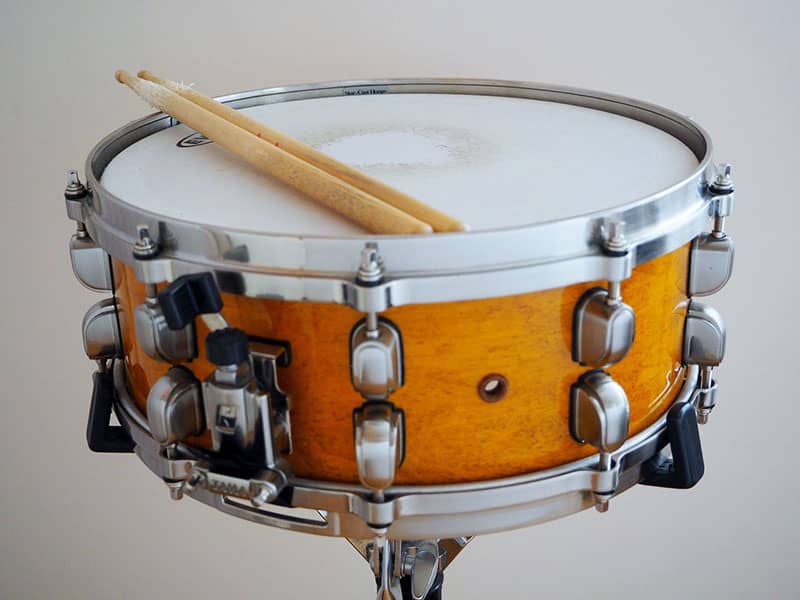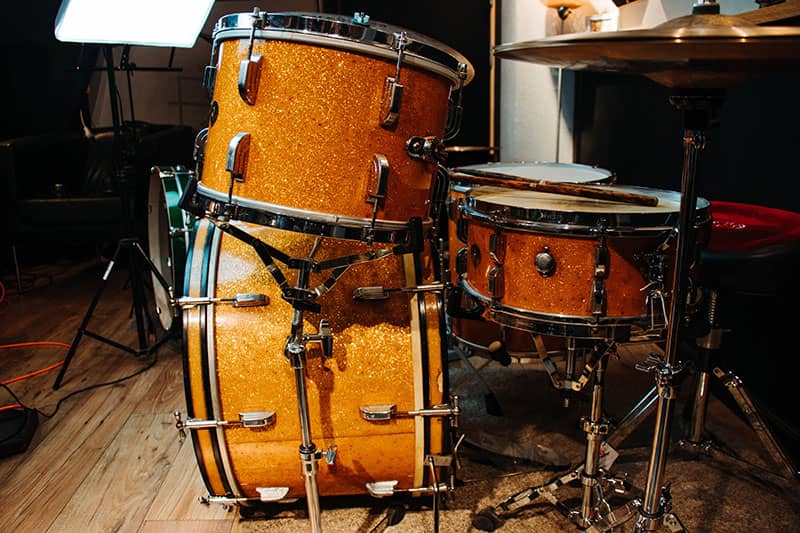How loud can a drum get?
A drum can reach up to 120 dB or even more, depending on how it’s played and the acoustics of the room. That’s about as loud as an ambulance siren!
How can I reduce the volume of my drums?
You can use a variety of methods to reduce drum volume, including using practice pads, low-volume cymbals, and mesh drum heads. Also, adjusting your playing technique can make a significant difference.
Are electronic drums quieter than acoustic drums?
Generally, yes. The volume of electronic drums can be easily adjusted, and you can even play them using headphones, making them a great choice for quiet practice sessions.
What can I do to protect my hearing when playing the drums?
Investing in high-quality ear protection is key. High-fidelity earplugs can reduce volume without sacrificing sound quality. Also, consider soundproofing your practice space to further lower volume levels.
Can I soundproof my drum room?
Yes, using sound-absorbing materials like foam panels, diffusers, and bass traps can significantly reduce the amount of sound that escapes your drum room.
Can the loudness of drums cause hearing damage?
Yes, prolonged exposure to loud sounds, including drums, can cause noise-induced hearing loss, tinnitus (ringing in the ears), and other hearing conditions. This is why hearing protection is crucial for drummers.
How does room size affect drum sound?
The size and shape of the room can greatly affect the sound of your drums. In a small, enclosed space, the sound waves bounce off the walls and create a louder perceived sound due to the buildup of echoes or reverberations. In contrast, in a larger, open space, the sound can disperse more evenly, creating a less intense sound.


